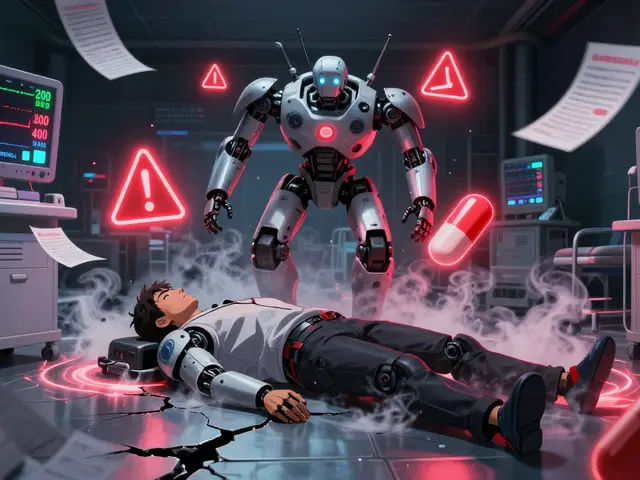Electrolyte imbalance: what it looks like and how to act fast
Your body runs on tiny charged particles called electrolytes — sodium, potassium, calcium, magnesium and chloride. When those levels shift, you can feel anything from mild tiredness to dangerous heart problems. The good news: many electrolyte issues are easy to spot and treat if you act early.
Common causes and symptoms
Electrolyte problems often come from things that change how much fluid you lose or how your body handles salts. Think vomiting, diarrhea, heavy sweating, certain medications (diuretics, some blood pressure drugs), kidney or hormonal issues, and not eating enough. Athletes and older adults are at higher risk.
Watch for clear signs: muscle cramps or weakness, twitching, dizziness, headache, fast or irregular heartbeat, confusion, nausea, and in severe cases fainting or seizures. If you have heart disease or take heart meds, even small changes in potassium or magnesium can be risky.
Quick tests and what doctors look for
Your doctor will usually order a simple blood test to check sodium, potassium, calcium and magnesium. A urine test can show whether your body is losing or holding onto electrolytes. Sometimes an ECG (heart trace) is done to check for dangerous rhythm changes when potassium or magnesium are off.
Treatment depends on the cause and how severe the imbalance is. Mild cases often improve with oral rehydration solutions or electrolyte drinks. If levels are seriously low or high, hospitals use IV fluids and controlled electrolyte replacement. If a medication or an underlying condition caused the imbalance, providers will adjust treatment so the problem doesn’t come back.
Here are practical steps you can take right now: sip an oral rehydration solution or a drink with electrolytes after heavy sweating or vomiting; avoid downing lots of plain water at once if you’ve been sweating heavily (that can dilute sodium); follow your doctor’s instructions when you’re on diuretics; and keep a balanced diet with fruits, vegetables, dairy or fortified alternatives to support calcium and potassium.
Know when to get urgent care: severe weakness, chest pain, fainting, severe shortness of breath, or seizures need immediate attention. Also call your provider if you have persistent vomiting or diarrhea that won’t stop—those are common triggers for fast electrolyte loss.
Prevention is simple and practical. Stay hydrated with appropriate fluids during exercise, manage chronic conditions closely, review medications with your doctor, and check electrolytes periodically if you’re at higher risk. Small habits—drinking enough during activity, eating a mix of salt and potassium-rich foods after sweat sessions—make a big difference.
Electrolyte imbalance sounds technical, but spotting the signs and taking simple steps can prevent serious problems. If you’re unsure or symptoms are strong, don’t wait—get medical advice.
Georgea Michelle, Jul, 17 2025
Alcohol and Medication: Understanding Electrolyte Imbalance and Health Risks
Curious how alcohol messes with your meds? Learn about dehydration, mineral loss, and why your prescription might not work as planned when booze enters the mix.
View More





